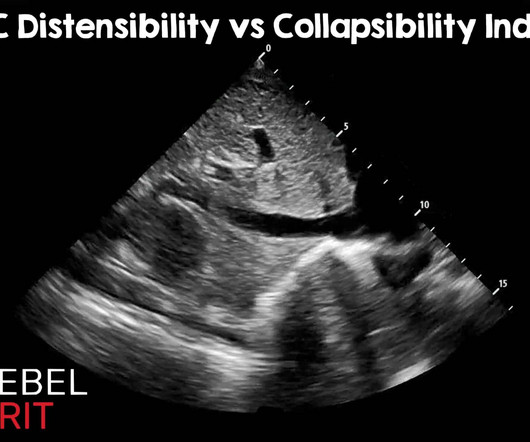The Second Law Of Trauma
The Trauma Pro
FEBRUARY 24, 2025
There are two broad categories of things that kill trauma patients. No, Im not talking about violent penetrating injury, falls, car crashes, or any other specific mechanisms. I am referring to the end events (on a macro scale) that take their lives. These two basic killers are: hemorrhage and brain injury. The vast majority of the time, a dying trauma patient has either suffered a catastrophic brain injury, or has ongoing and uncontrolled bleeding.


















Let's personalize your content